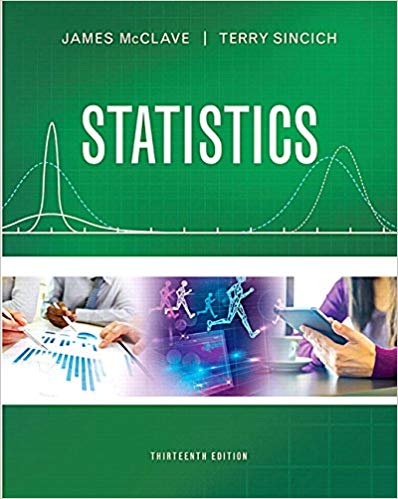A study of how eye movement behavior can distort one's judgment of the location of an object
Question:
E(y) = β0 + β1x1 + β2x2 + β3x1x2
a. The model yielded R2 = .994. Interpret this result.
b. In the words of the problem, what does it mean to say that "x1 and x2 interact"?
c. The least squares prediction equation was determined as: ŷ = .91 + .70x1 - .06x2 - .03x1x2. Illustrate interaction by graphing the relationship between predicted amplitude (ŷ) and cross position (x2) for probe positions x1 = 3.5 and x1 = 6.5.
Fantastic news! We've Found the answer you've been seeking!
Step by Step Answer:
Related Book For 

Question Posted:





